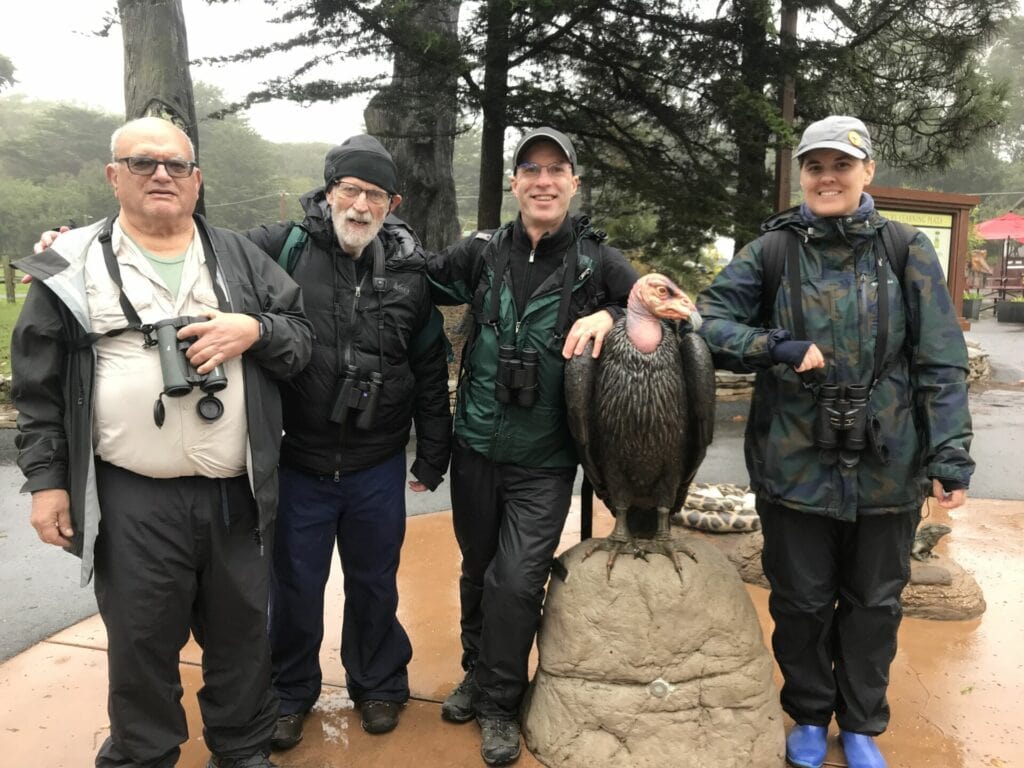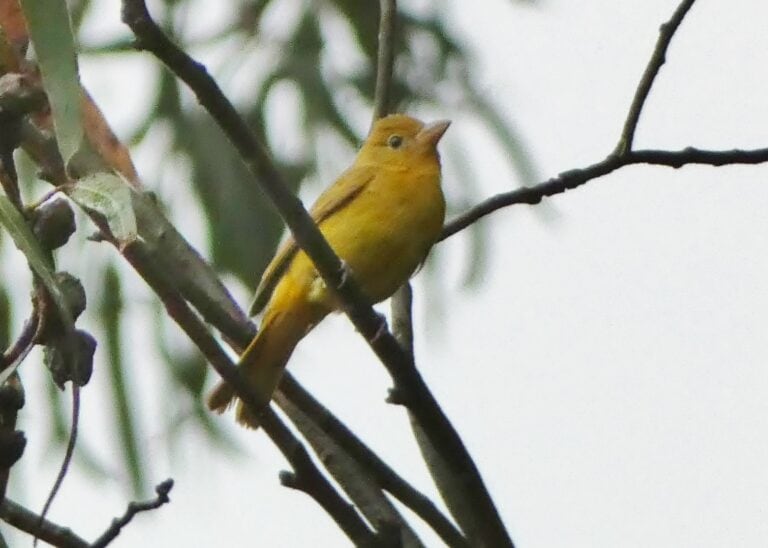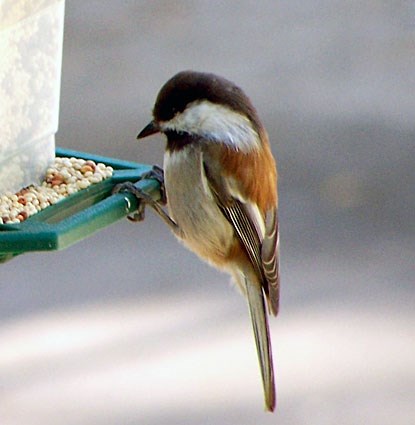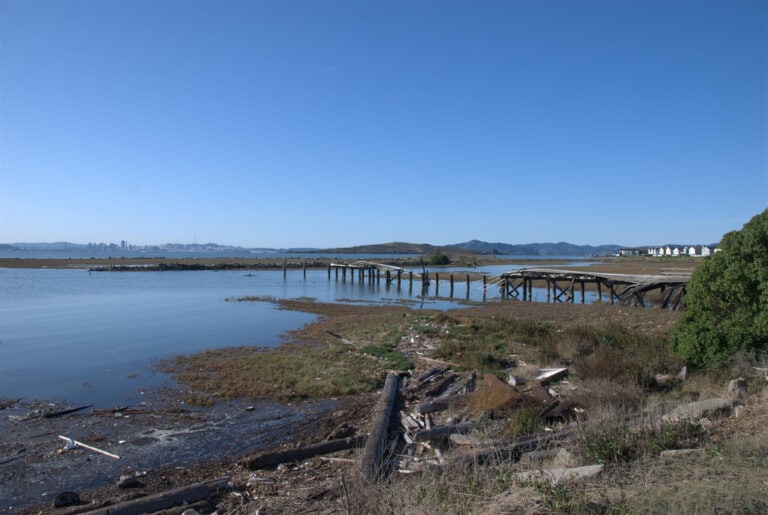San Francisco Christmas Bird Count 2022
By David Assmann
While conducting a Christmas Bird Count as an atmospheric river moves through is not ideal, the 2022 San Francisco Christmas Bird Count exceeded expectations. One hundred twenty participants braved the elements for the count. Due to the weather, our boat survey had to be moved to the next day.
 Counters at the San Francisco Zoo (Area 7) during the SF CBC by Megan Jankowski
Counters at the San Francisco Zoo (Area 7) during the SF CBC by Megan Jankowski
By the time Count Week (CW) was over, the species tally was at 188, exactly the same as last year. For the official Count Day, our species total was 178, three fewer than last year’s 181. Our total count of birds for the Count Day was 58,183 – about 6,000 fewer than last year’s 64,176. However, if you add the 9,221 birds counted on the boat the day after, our numbers are actually up.
There were 29 rare or uncommon birds found on this year’s count, 21 of which were found on Count Day. Twelve of the 18 count areas had a rare species. The best bird on Count Day was a Winter Wren found by Jonah Benningfield in the Presidio. Not only was this a new species for the San Francisco Christmas Bird Count, but it was also the first San Francisco eBird record for Winter Wren.
The other new species for Count Day was a Sage Thrasher found by Malia DeFelice and Chris Hayward at Sierra Point. A new Count Week bird was a Black Skimmer. It was by far the most challenging species to locate. Acting on a tip from a co-worker of SF CBC co-compiler Siobhan Ruck’s who saw a Tern skimming the water in the dark from a ferry in San Francisco, Keith Maley braved the rain and wind after sunset on December 29th to finally spot a Skimmer just offshore from Pier 14 at 7pm.
Overall duck numbers were about the same this year, although we missed some of the uncommon species seen last year (Harlequin Duck, Long-tailed Duck, Cinnamon Teal and Redhead). American Wigeon, Bufflehead, and Greater Scaup numbers were up significantly, whereas Surf Scoter numbers continue their long and steep decline. There were 530 Surf Scoters seen, down from 1,144 last year. In 1985 the count for Surf Scoters was 13,600 and as recently as 2015, the count totaled more than 3,000.
Although the numbers are still small, we did set a new record for Hooded Mergansers, with 27 seen on count day.…





